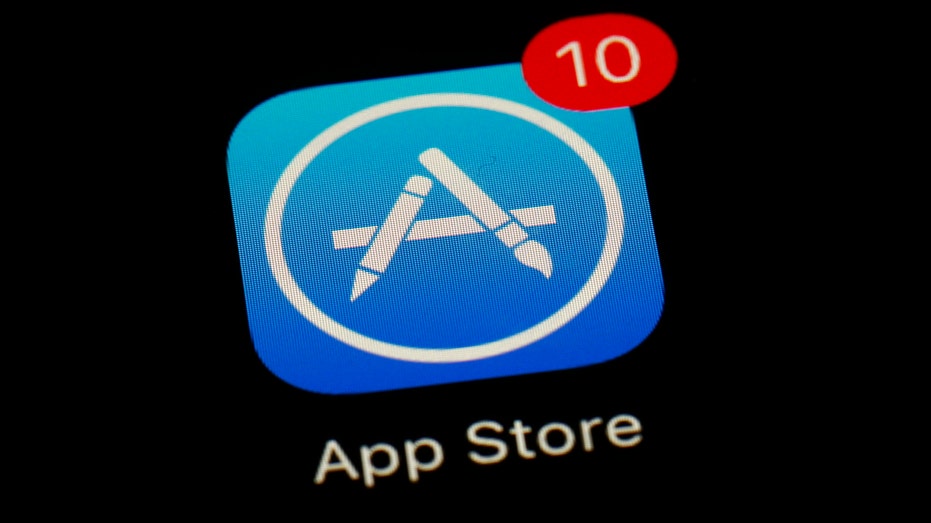
Amazon’s Prime membership will become more expensive later this month, with the company citing growing wages and transportation costs to justify the price increase.
The online retail giant announced the Prime subscription price hike as it reported strong fourth-quarter sales on Thursday. Amazon drew a profit of $14.3 billion for the three-month period ended December 31, 2021 on sales of $137.4 billion. It’s the company’s fifth consecutive quarter in which revenue topped $100 billion as Americans engaged in online retail therapy during the pandemic.
The earnings beat Wall Street’s expectations, and Amazon’s stock soared 13% in after-hours trading.
Increase in Amazon Prime membership
The price of an annual membership to Amazon Prime is increasing to $139 from its current $119. Prime members who pay monthly will see their cost rise by $2 a month, to about $15.
The $20 price hike for an annual Prime membership represents a 17% price increase — or roughly three times the current rate of inflation.
Those signing up for Prime for the first time will be charged the higher price starting February 18, while current members will see the new higher price after March 25, or whenever their membership renews, Amazon said.
Amazon last increased its Prime membership price in 2018, and before that in 2014. A Prime membership provides members with free and faster shipping on many products as well as access to Amazon’s media library.
Nearly two-thirds of U.S. households have a Prime membership, according to research from Insider Intelligence. Any cancellations by consumers turned off by the price hike will likely be minimal, Neil Saunders, an analyst at GlobalData Retail, said in a research note.
“[T]he program still represents excellent value for money. It is also the case that, unlike Netflix, Amazon has not regularly increased prices,” Saunders wrote.
Pandemic boom
Seattle-based Amazon was one of the few retailers that prospered during the COVID-19 outbreak: As physical stores selling non-essential goods temporarily or permanently closed, homebound people turned to Amazon for everything from groceries to cleaning supplies.
But growth has slowed as newly vaccinated Americans have felt more comfortable going out. And the company, like many others, are dealing with global supply chain issues and shortages of workers.
“Like all retailers, Amazon has faced inflationary pressures right across its supply chain and logistics operations and, even with its extensive volume, scale and characteristic efficiency it has not been able to mitigate the pressure. Operating costs are up by 12.9%, including a 10% rise in shipping costs,” Saunders wrote.
In the last quarter, Amazon’s operating income dropped by nearly half, leading it to look in other areas for revenue growth — including raising its Prime price.
“What’s now clear is that Amazon must work much harder to generate future gains, especially as competitors are making much more effort with their omnichannel and digital services,” Saunders wrote.
The Associated Press contributed reporting.
Download our Free App
For Breaking News & Analysis Download the Free CBS News app

